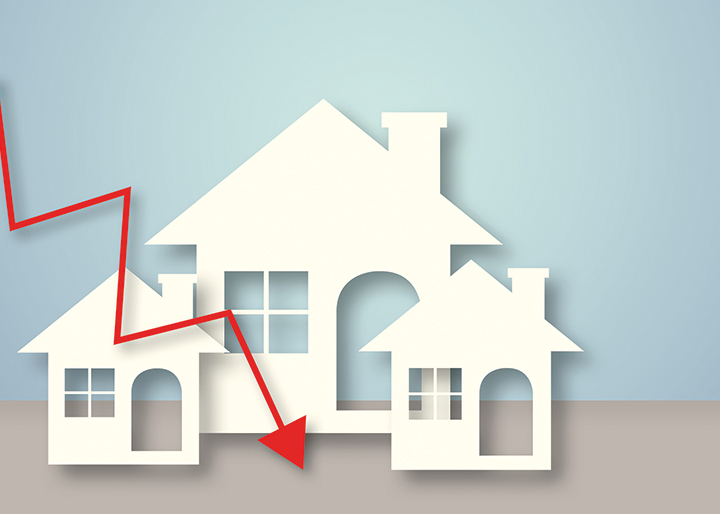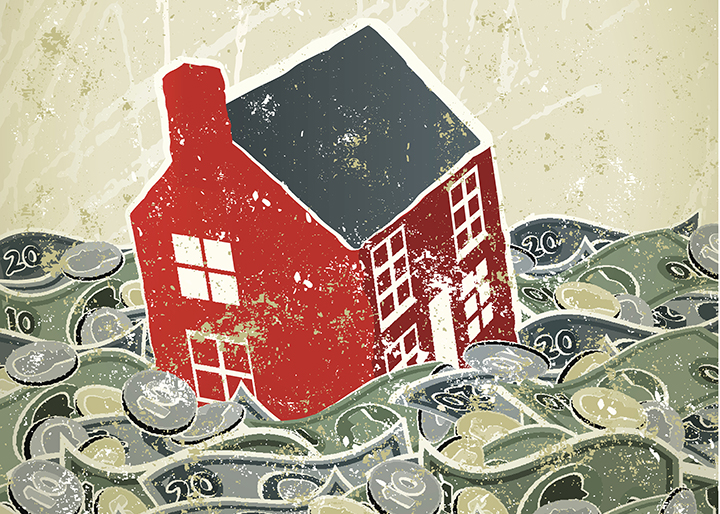Home Affordability Worsens Across U.S. During Q4 2022
Major Home-Ownership Costs Consume 32% of Average National Wage By ATTOM Staff ATTOM, a leading curator of real estate data nationwide for land and property data, released its fourth-quarter 2022 U.S. Home Affordability Report showing that median-priced single-family homes and condos are less affordable in the fourth quarter of 2022 compared to historical averages in 99% of counties across the nation with enough data to analyze — far above the 68% of
Read More












